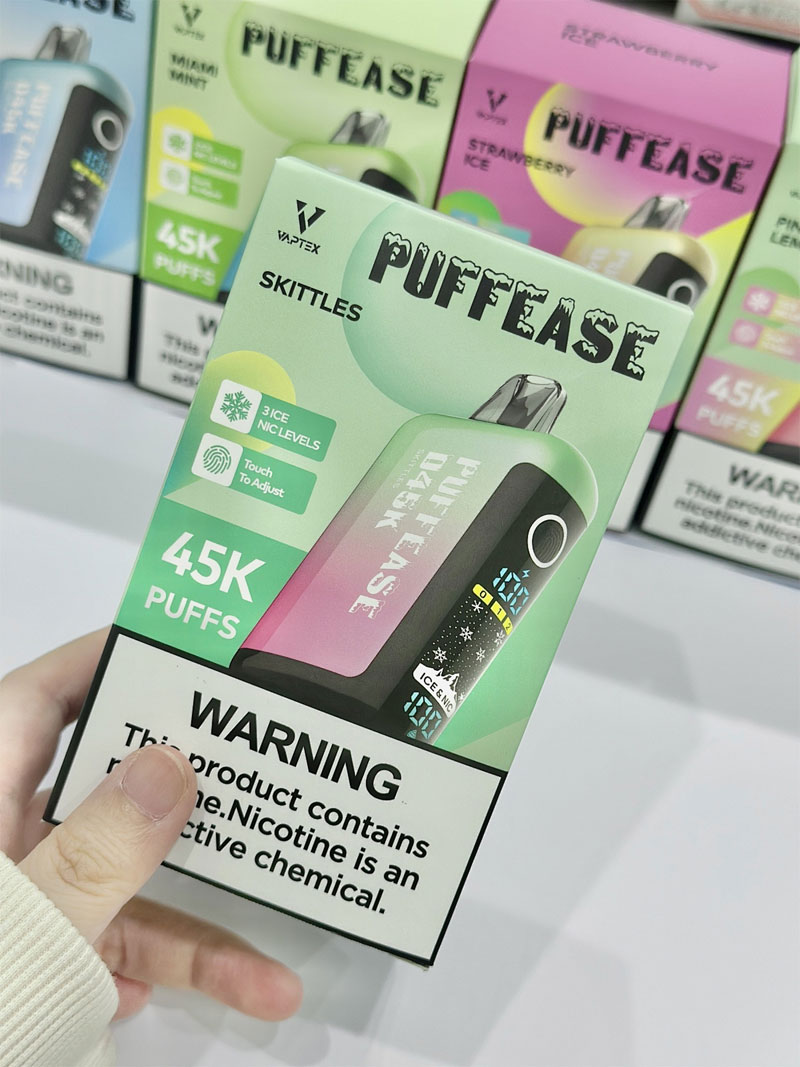Understanding Electronic Cigarette Taxes
Electronic cigarette tax regulations are complex and often subject to change. Various regions impose taxes on these products for different reasons, including public health concerns and government revenue generation. A comprehensive understanding of these taxes and potential exemptions is essential for navigating the landscape of tax-free vaping options.

Strategies to Achieve Tax-Free Vaping Benefits
To enjoy electronic cigarette tax free benefits, consumers need to first research the tax laws in their respective areas. Some countries or states have lower taxes, while others offer tax incentives or exemptions for specific types of electronic cigarettes or components. Incorporating these insights can lead to substantial savings.
- Cross-Border Purchases: Spanning borders can sometimes offer tax-free—or lower tax—purchase opportunities.
- Buying Online: Some online platforms might offer electronic cigarettes at reduced tax rates due to their location.
- Seasonal Promotions: Keep an eye on special promotions that may coincide with tax exemptions.
By being diligent and exploring all avenues, vapers can maximize their tax-free benefits without compromising quality or flavor.

Legal Considerations
Not all methods to obtain electronic cigarettes tax free are legal or ethical. It’s important for vapers to understand the legal implications in their region and ensure compliance with local laws. Consulting with a legal expert or advisor familiar with local vaping regulations can provide valuable guidance.
Impact on Cost Savings
Factors Influencing Tax-Free Benefits
Besides location and legal considerations, other factors like product type and quantity may affect the ability to enjoy tax-free vaping. Bulk purchases or wholesale deals might offer tax discounts in some areas, further enhancing savings opportunities.
Frequently Asked Questions
- Are all electronic cigarette purchases eligible for tax-free options?
- Not necessarily. Eligibility depends on local tax laws, product types, and purchasing methods.
- Can purchasing online contribute to tax-free benefits?
- Yes, purchasing from platforms located in low-tax regions can sometimes help minimize costs.
- Is cross-border shopping for electronic cigarettes legal?
- While it may offer savings, legality depends on regulations concerning import and export of vaping products.

Understanding the dynamics of electronic cigarette taxes allows users to explore various methods to minimize expenses effectively. Whether through diligent research or strategic buying, enjoying electronic cigarette tax free benefits is possible for those committed to optimizing their vaping experience.